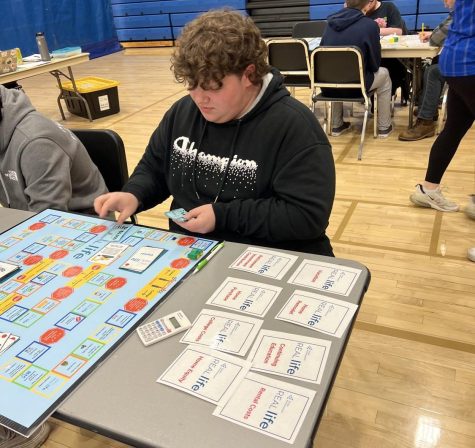Feeding America’s Students in a Global Pandemic
How the US Department of Agriculture is supporting families
More stories from Rahlin Haller
The United States Department of Agriculture (USDA) has extended the free meal program for all students through December 31.
After schools within the nation had to shut down due to the pandemic; the government identified a need for many families in providing healthy food for their children during these closures.
The program began on March 18, after President Donald Trump signed the Families First Coronavirus Response Act, which permitted the USDA to increase flexibilities in various programs regarding lunches and food for children.
According to the Secretary of Agriculture Sonny Perdue, As our nation reopens and people return to work, it remains critical our children continue to receive safe, healthy, and nutritious food.”
As of August, the USDA extended this program.
Any student in K-12 (virtual or hybrid included) can receive a free breakfast and lunch. According to the school’s website, “The students just need to select items that would make up a reimbursable breakfast or lunch.
“For breakfast this means that they have to select at least two of the four menu items, and one of the items they pick must be a fruit and for lunch this means they have to pick at least three of the five menu items and one of the ones they pick must be a fruit or a vegetable”.
The benefit for the students/families would be that they do not have to pay out of pocket for meals. The benefit for the district would be that all meals are reimbursed by the Federal Government at the free rate, which is higher than the reduced or paid rate,” said Graham.
This program is very helpful to parents because this can give them more funds for bills or groceries.
In an effort to help parents and guardians become aware of this program, the district has information “on their website.”
Whether families know enough about it or whether more students are getting lunches is difficult to measure. Graham said, “This is a difficult question to answer because there are less students in school every day due to students attending on a hybrid schedule or being 100% virtual. So, our overall participation numbers compared to last year are lower than usual.”
While it may be difficult to compare the data from this year to previous, one thing is for sure, the USDA states on their website that they have measured an increase in participation.
I am a 10th grade student, and I took interest in journalism because I've always loved to write and thought I would enjoy this class.
When graduate...







